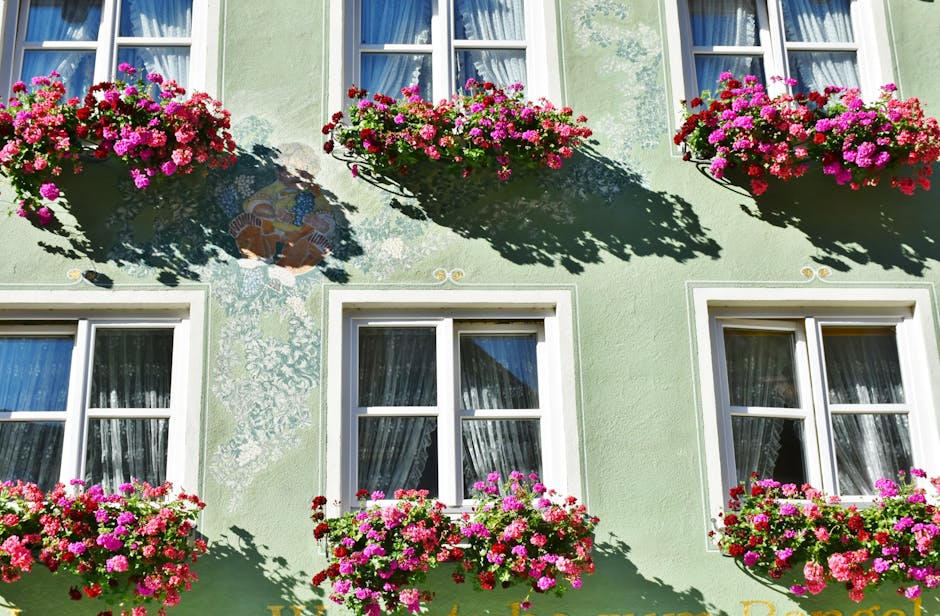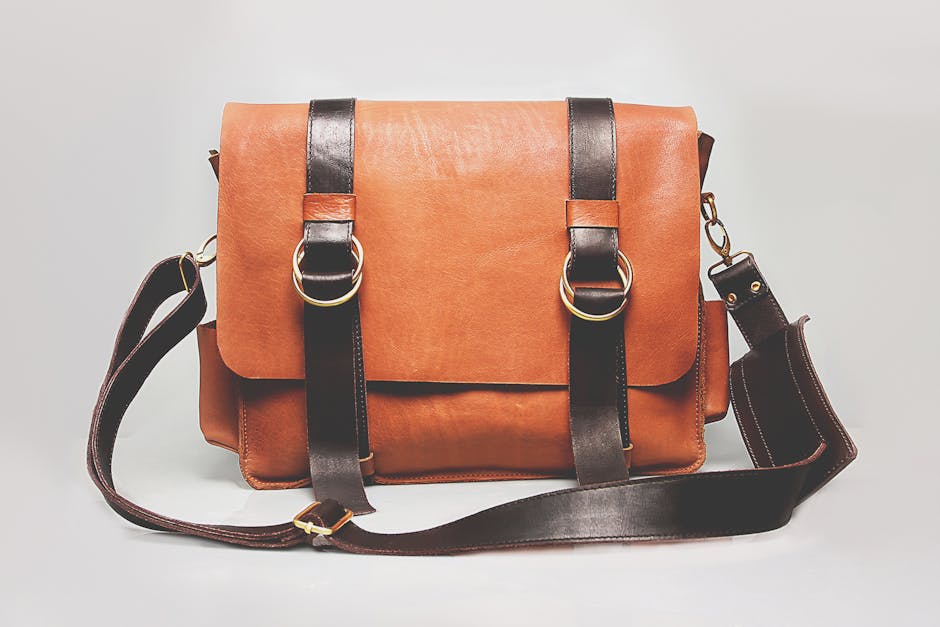Planters
Introduction
Planters, often underestimated, are more than just containers for plants. They are integral to creating aesthetically pleasing and thriving gardens, balconies, patios, and even indoor spaces. Choosing the right planter can significantly impact plant health, complement your home’s style, and enhance the overall ambiance. This comprehensive guide will explore the diverse world of planters, offering valuable insights to help you make informed decisions and cultivate flourishing green spaces.
Main Sections
Types of Planters
The market offers a vast array of planter types, each with its own unique benefits and applications. Understanding these differences is key to selecting the perfect planter for your specific needs.
- Terracotta Planters: Classic and porous, terracotta allows for excellent drainage and airflow, preventing root rot. Ideal for plants that prefer drier conditions, such as succulents and cacti.
- Plastic Planters: Lightweight, durable, and often more affordable than other options. Plastic planters retain moisture well, making them suitable for plants that need consistently moist soil. Available in a wide range of colors and styles.
- Ceramic Planters: Known for their decorative appeal and ability to retain moisture. Often glazed, ceramic planters come in various shapes, sizes, and intricate designs, adding a touch of elegance to any space.
- Wooden Planters: Offer a natural and rustic aesthetic. Best suited for outdoor use but require treatment to prevent rot and insect infestation. Cedar and redwood are popular choices for their durability.
- Metal Planters: Durable and weather-resistant, metal planters can add a modern or industrial touch to your garden. Choose galvanized steel or powder-coated aluminum to prevent rust.
- Concrete Planters: Heavy and sturdy, concrete planters are ideal for larger plants and outdoor spaces. They offer excellent stability and a contemporary look.
Factors to Consider When Choosing a Planter
Selecting the right planter involves careful consideration of several factors, ensuring your plants thrive and your garden looks its best.
- Drainage: Adequate drainage is crucial to prevent root rot. Ensure your planter has drainage holes, or create them if necessary.
- Size: Choose a planter that is appropriately sized for your plant’s root system. Too small, and the roots will become cramped; too large, and the soil may retain too much moisture.
- Material: Consider the material’s durability, weight, and aesthetic appeal. Different materials are better suited for different plants and environments.
- Location: Determine whether the planter will be used indoors or outdoors. Outdoor planters need to be weather-resistant, while indoor planters should be waterproof.
- Style: Select a planter that complements your home’s style and the overall aesthetic of your garden.
- Plant Needs: The specific needs of your plants should be paramount. Some plants prefer well-draining soil, while others require more moisture retention.
Planter Ideas and Inspiration
Transform your space with creative planter arrangements and designs. Here are some ideas to inspire you:
- Hanging Baskets: Perfect for balconies, patios, and porches. Add trailing plants like petunias, ivy, or succulents for a cascading effect.
- Tiered Planters: Maximize space and create visual interest with tiered planters. Ideal for herbs, strawberries, or colorful annuals.
- Window Boxes: Enhance your home’s curb appeal with window boxes filled with vibrant flowers or herbs.
- Vertical Gardens: Create a living wall with vertical planters. Perfect for small spaces and adding a touch of greenery to any wall.
- Repurposed Containers: Get creative by repurposing old containers into unique planters. Think old tires, watering cans, or even boots.
Maintaining Your Planters
Proper maintenance is essential to keep your planters looking their best and ensure the health of your plants.
- Cleaning: Regularly clean your planters to remove dirt, algae, and debris. Use a mild soap and water solution.
- Watering: Water your plants regularly, adjusting the frequency based on the plant’s needs and the weather conditions.
- Fertilizing: Provide your plants with essential nutrients by fertilizing them regularly. Choose a fertilizer that is specifically formulated for your plants.
- Repotting: Repot your plants every few years as they outgrow their planters. Choose a larger planter and fresh potting soil.
- Pest Control: Monitor your plants for pests and take appropriate action to control them.
Conclusion
Planters are essential elements in creating beautiful and thriving green spaces. By understanding the different types of planters available, considering the key factors involved in choosing the right one, and implementing proper maintenance practices, you can cultivate a garden that reflects your personal style and provides a healthy environment for your plants. So, get creative, experiment with different arrangements, and enjoy the rewarding experience of nurturing your own little piece of nature.














Post Comment